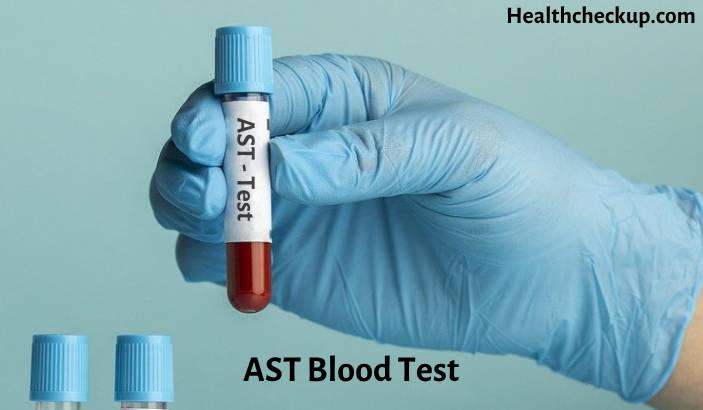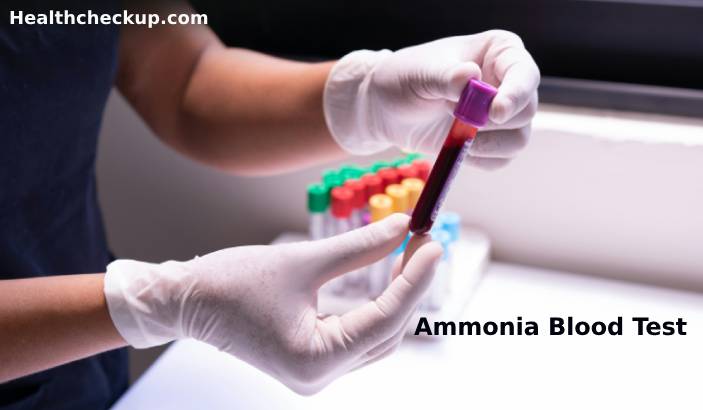Fibromyalgia is a common neurological disorder characterized by chronic widespread musculoskeletal pain and stiffness along with fatigue and poor or disturbed sleep.
Some Features of Fibromyalgia
- It is seen more commonly in women than in men.
- Fibromyalgia is shown an increase in its incidence with advancing age.
- Chronic widespread pain is a hallmark of fibromyalgia.
- Patients may complain of low back pain radiating to the buttocks and legs.
- Some patients may also complain of pain and tightness in the neck and across the shoulders.
- Paresthesia – Burning, aching or pricking sensation may be felt by patients.
- Patients may perceive that their joints are swollen, but a physical examination of joints reveal no abnormalities.
- Stiffness is usually present in the morning and gets better during the day; some patients may complain of stiffness throughout the day.
- Numbness and coldness of hands and feet may present.
The course of this clinical condition is variable. Signs and symptoms may be increased or decrease regardless of therapy. Pain and stiffness of muscles of the neck, back and hips and also buttocks may be confused with degenerative disc disease. Therefore they advised undergoing x-rays and certain blood investigations to rule out degenerative changes, ankylosing spondylitis, and rheumatoid arthritis.
Fibromyalgia Self Test Purpose
- Since fibromyalgia is more of a clinical entity, there are no specific laboratory investigations which can point to the exact diagnosis.
- In 1990, the American College of Rheumatology (ACR) came up with criteria which include an assessment questionnaire and demonstration of 18 trigger points in 9 pairs.
- The purpose of fibromyalgia self-test, therefore, is to rule out the possibility of having some other disorder.
Fibromyalgia Self Test Preparation
- Fibromyalgia self-test does not require any fasting or specific preparation as this test does not require blood to be drawn, nor does it require the use of any special instruments.
- Fibromyalgia self-test simply requires the person to conscious, alert and oriented so that the test results are accurate enough.
Fibromyalgia Self Test Procedure
Fibromyalgia self-test requires the patient to identify the exact sites of pain and demonstration and identify of 18 trigger points which are distributed all over the body.
| History of widespread pain.
|
Pain is considered widespread when all of the following are present:
|
| 18 tender points 18 tender points in 9 pairs are present bilaterally (on both sides at the same location) |
Pain on digital palpation (examination using fingers) in at least 11 out if 18 tender point sites:
|
Patients will be said to have fibromyalgia if both criteria are satisfied. Widespread pain must be present for a period of at least 3 months and tenderness must be elicited on at least 11 out of 18 trigger points on digital palpation.
How Do You Get Fibromyalgia?
Fibromyalgia is not an auto-immune, inflammatory, joint or muscle disorder; studies suggest that the nervous system; particularly the brain and spinal cord are involved in the development of fibromyalgia.
Some Possible Causes For Having Fibromyalgia Include:
- Disturbed sleep has been postulated as a possible cause for fibromyalgia.
- Low levels of pain-associated peptide serotonin (a neurotransmitter) are linked with poor sleep and widespread pain and stiffness.
- Patients with fibromyalgia are found to have reduced cortisol response to stress (cortisol regulates metabolism and blood pressure by maintaining a balance between salt and water within the body).
- An increased level of a neurotransmitter, Substance P is also linked to increased pain response and poor sleep quality.
- It has also been frequently observed that fibromyalgia may reflect some psychological disturbances. However, fibromyalgia can also occur in absence of a significant psychological problem.
- Low levels of growth hormones (growth hormones are important in maintaining sleep) are associated with poor sleep.
Disorders And Illnesses Associated With Fibromyalgia Are:
- Emotional stress
- Surgery
- Hypothyroidism
- HIV
- Irritable bowel syndrome
- Irritable bladder
- Headaches
- Dysmenorrhea
- Pre-menstrual syndrome
- Restless leg syndrome
- Sicca syndrome
- Temporomandibular joint pain
How To Treat Fibromyalgia?
Firstly, patients need to be informed that they have a condition which is not crippling, deforming or degenerative and there is a wide variety of treatment options for their condition.
Patients must be well aware of their condition so that they understand the importance of self-care. They need to understand how to identify stressors and reduce their effect with the help of a guided approach.
They must also be explained about the variable nature of symptoms. It has been found in studies that doing so resulted in fewer symptoms and reduced symptom intensity.
Your doctor may prescribe you NSAIDs to manage pain and stiffness. Pregabalin is often used in the management of fibromyalgia because it has effects upon the excitatory neurotransmitters which in turn result in the reduction of pain. However, the side effects of these medications have been well documented.
Other Therapies Which may Provide Benefits Without Side-effects to Patients Diagnosed with Fibromyalgia Are
- Cognitive Behavioural Therapy (CBT)
- Exercise
- Hypnotherapy
- Acupuncture
- Stress management
- Relaxation response training
- Written emotional disclosure
- Instructions regarding proper sleep hygiene
Group therapy is found to be beneficial in the management of fibromyalgia. This includes mental health professional, a physical therapist and a physical rehabilitation specialist.
Psychiatric counseling may be required when the underlying cause is depression, anxiety or other mental disorders.
Despite recent progress, fibromyalgia remains to be the most under-diagnosed condition. Understanding and proper employment of treatment options is the key to optimum self-care.
Irrespective of a wide range of treatment options available, fibromyalgia is a chronic relapsing condition in which progressively reduced response to pain and inability to reverse allodynia (pain from a non-painful stimulus) and hyperalgesia (enhanced pain response) has also been observed.
Dr. Himanshi is a Homoeopathic consultant and currently working as a lecturer in Post-graduate faculty of Homeopathy, Parul University, Vadodara. Completed BHMS and MD in Homeopathy in January 2018 and also has a clinical experience of about 6 years. Personal interests include reading, spending time with family and traveling.








